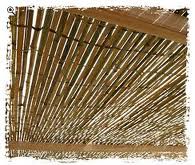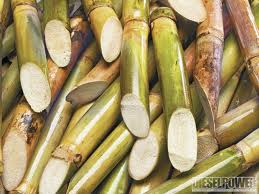Reviewed January 2025
Meticulous, scrupulous and passionate are terms that describe the fervor, zeal and seriousness displayed by the kosher consumer regarding Pesach kashrus in general, and Pesach matzos in particular. The kosher consumer has become more sophisticated and savvy with each passing year. Kosher consumers are willing to pay top dollar for a quality kosher product. Pesach matzos are no exception. Machine matzos with fine Mehadrin hechsheirim are readily available on the supermarket shelf. Are all machine matzos created equal?
Regarding matzah baking and the time parameters for chimutz (leavening), the Shulchan Aruch states,1 “One should not leave the dough dormant, not for a moment.” If the dough is constantly being worked the chimutz process is impeded. However, the Shulchan Aruch continues, “If the dough is left dormant for a mil, […]






 STAR-D
STAR-D STAR-S
STAR-S